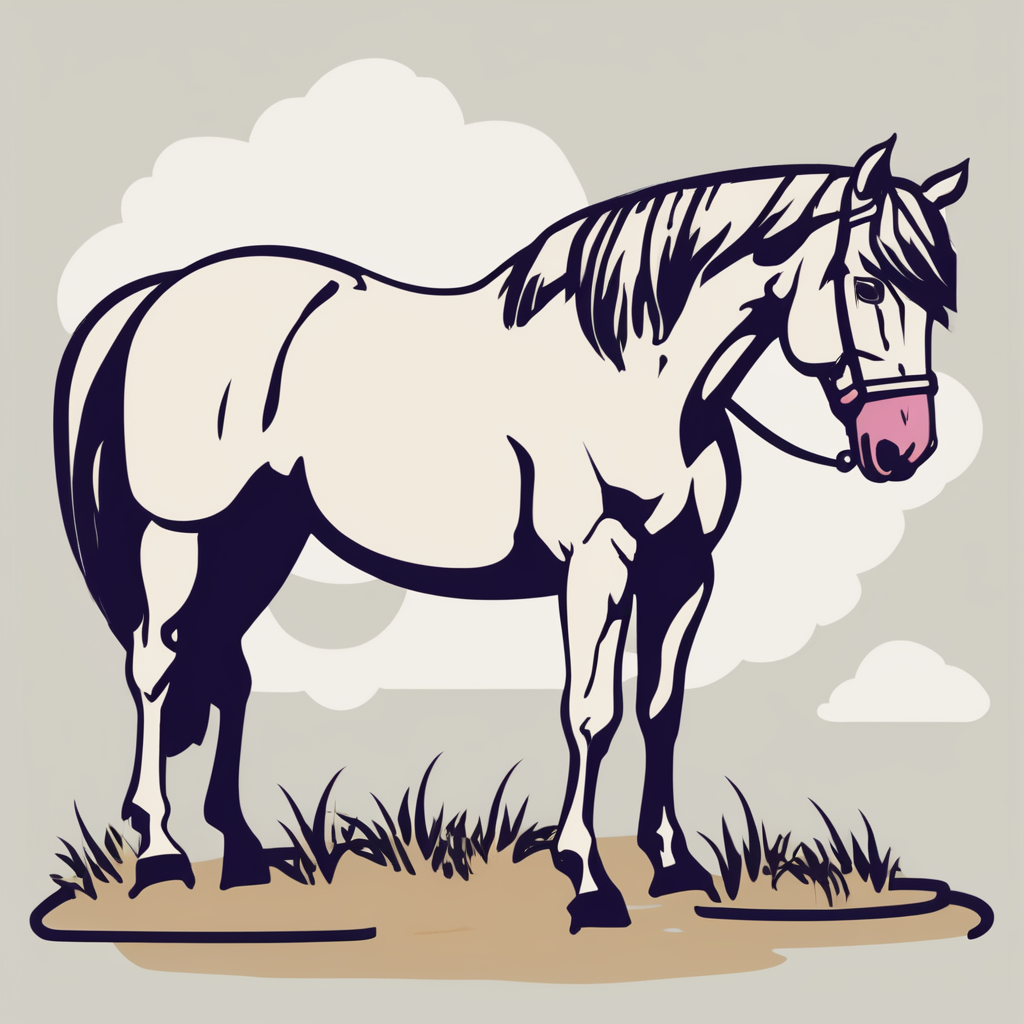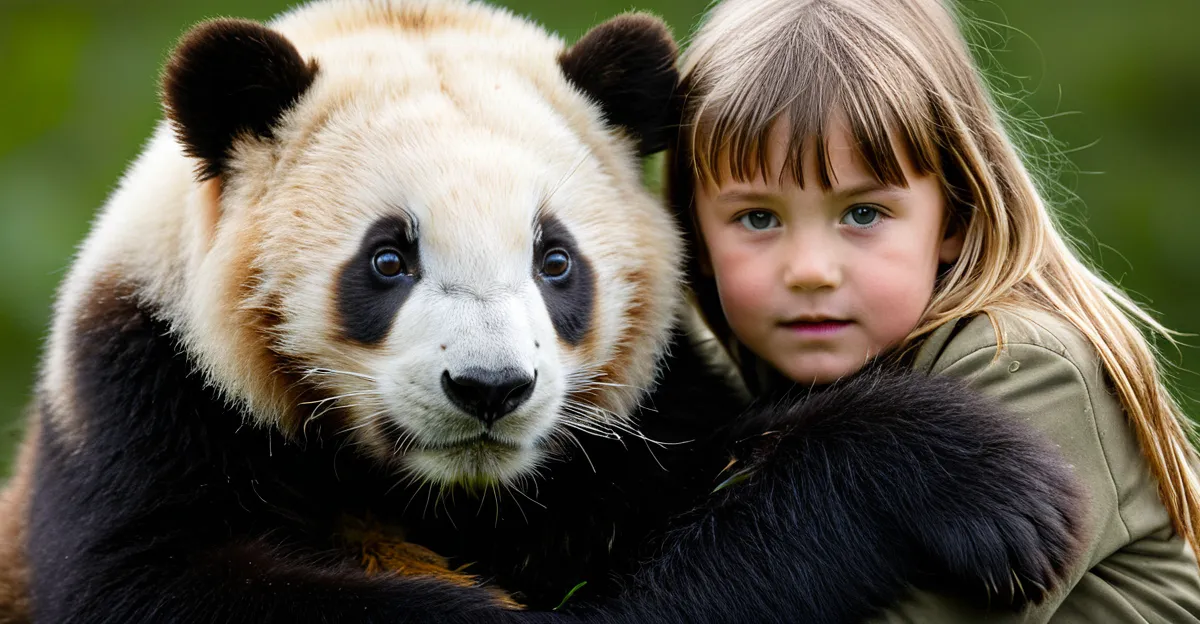Effective Strategies to Inspire UK Children’s Interest in Wildlife Conservation
Engaging children with compelling stories about endangered UK wildlife sparks curiosity and empathy. Narratives highlighting animals like the red squirrel or the Scottish wildcat personalize wildlife conservation education. These stories make abstract concepts tangible, fostering a stronger emotional connection. Furthermore, wildlife awareness for kids improves when facts are presented in fun and interactive ways, such as games or hands-on activities.
Tailoring conservation messages to different age groups is crucial. Younger children benefit from simple, visually rich content that introduces basic ideas of protecting wildlife. Older children, however, respond well to more complex discussions involving ecosystems and human impact. This approach ensures that each child understands the importance of conservation at a suitable cognitive level.
This might interest you : How is urbanization influencing UK bird populations?
Role models also play a vital role. Leveraging wildlife heroes, such as local conservationists or well-known naturalists, provides children with relatable examples of people making a difference. These figures can inspire children to see themselves as potential protectors of the environment, reinforcing their commitment to wildlife conservation education and action.
Practical Activities for Schools and Families
Engaging with wildlife education activities in the UK offers schools and families hands-on opportunities to foster environmental awareness. School wildlife projects can center on local endangered species, encouraging students to research and monitor these animals’ habitats. Such projects deepen understanding while promoting responsibility for conservation.
Also read : What are the recent findings on UK animal population dynamics?
For families, nature walks combined with citizen science projects serve as excellent family nature activities. Participants can observe flora and fauna, record sightings, and contribute valuable data to national databases. This approach allows families to bond while learning about regional biodiversity and the importance of habitat preservation.
Incorporating wildlife-themed games and art into learning enriches these experiences. Creative activities like drawing endangered animals or crafting bird feeders blend education with fun, making complex topics accessible for all ages. These methods promote active participation and a lasting connection to nature, essential for nurturing future conservation advocates.
By integrating these practical activities, schools and families can actively participate in wildlife education activities UK-wide, building meaningful connections with the environment and supporting local ecosystems effectively.
Key Endangered UK Species and Their Conservation Needs
Understanding endangered UK wildlife is crucial to effective UK species conservation. Iconic species like the hedgehog, red squirrel, and water vole face significant challenges due to habitat loss and predation. Hedgehogs, for example, have suffered drastic population declines caused by reduced garden habitats and increased road traffic. Meanwhile, red squirrels struggle against invasive grey squirrels, which outcompete them for food and habitat.
The threats to these native species largely stem from urban expansion, agriculture, and changing land use, which fragment and degrade their natural environments. Water voles, once widespread along rivers, now face decline mainly due to habitat destruction and predation by non-native American mink.
In response, numerous conservation efforts have been launched to protect these species and their habitats. Initiatives include habitat restoration, predator control, and legal protections. For example, hedgehog-friendly gardens and connectivity corridors help urban populations thrive, while dedicated reserves and monitoring projects support red squirrel recovery.
By focusing on such targeted strategies, protecting native species in the UK combines scientific understanding with community engagement to restore balance in fragile ecosystems.
Community and School Involvement in Wildlife Protection
Creating strong community wildlife projects begins with partnerships that unite schools, families, and conservation organisations. These collaborations lay the foundation for impactful efforts, blending educational resources with local expertise. When schools engage in conservation initiatives, they foster a hands-on learning environment that instills lasting environmental values.
School conservation initiatives often include student-led groups that act as ambassadors for wildlife protection. These groups spearhead habitat restoration events and local awareness campaigns, transforming abstract lessons into tangible action. Through activities like planting native species or cleaning local habitats, students directly contribute to preserving biodiversity.
Such involvement also inspires environmental stewardship beyond the classroom. By participating in community-driven projects, students gain a sense of responsibility and motivation to advocate for nature in their daily lives. Encouraging active participation across generations amplifies the impact of wildlife protection, turning awareness into ongoing commitment.
Engaging students and the wider community in wildlife protection thus combines education with real-world conservation, creating a sustainable path forward for protecting local ecosystems. This integrated approach enhances both knowledge and tangible outcomes in preserving wildlife.
Recommended Educational Resources and Organisations
Exploring UK wildlife education resources can greatly enrich a child’s understanding of the natural world. Leading websites offer interactive content that captures young imaginations while teaching key conservation concepts. For example, some platforms provide engaging quizzes, wildlife identification guides, and video tutorials tailored for children.
Conservation charities for kids play a crucial role by bridging knowledge and hands-on experience. These organisations often run workshops and wildlife clubs designed specifically for young learners. Families and schools seeking to deepen their connection with nature can access volunteer opportunities that foster responsibility and awareness. Joining such clubs not only builds environmental stewardship but also encourages social interaction around shared interests.
When searching for educational tools for wildlife, consider resources endorsed by top UK wildlife charities. These include downloadable activity sheets, informative books, and digital apps that reinforce learning in enjoyable ways. Many charities maintain networks of community events promoting conservation education, making it easier for parents and educators to find suitable programs.
Through a combination of online resources, charity-led activities, and involvement in local wildlife groups, children gain comprehensive, practical insights into the UK’s diverse ecosystems. This approach nurtures curiosity and commitment to conservation from a young age.



